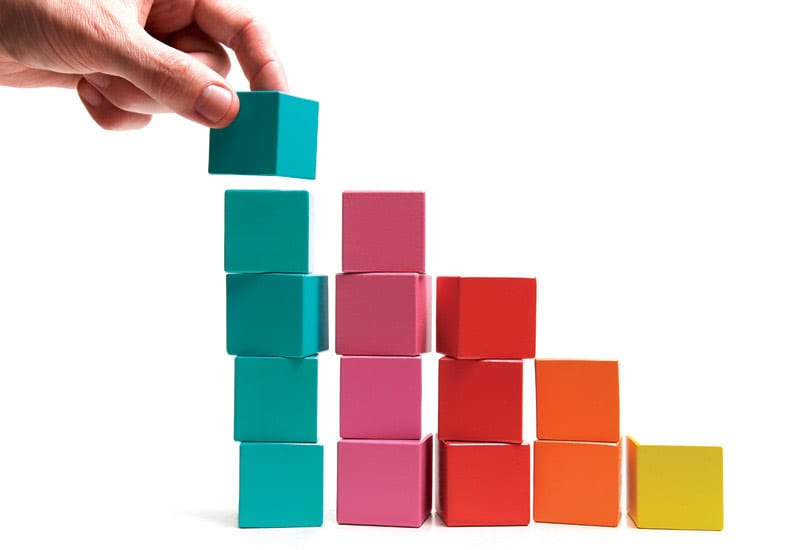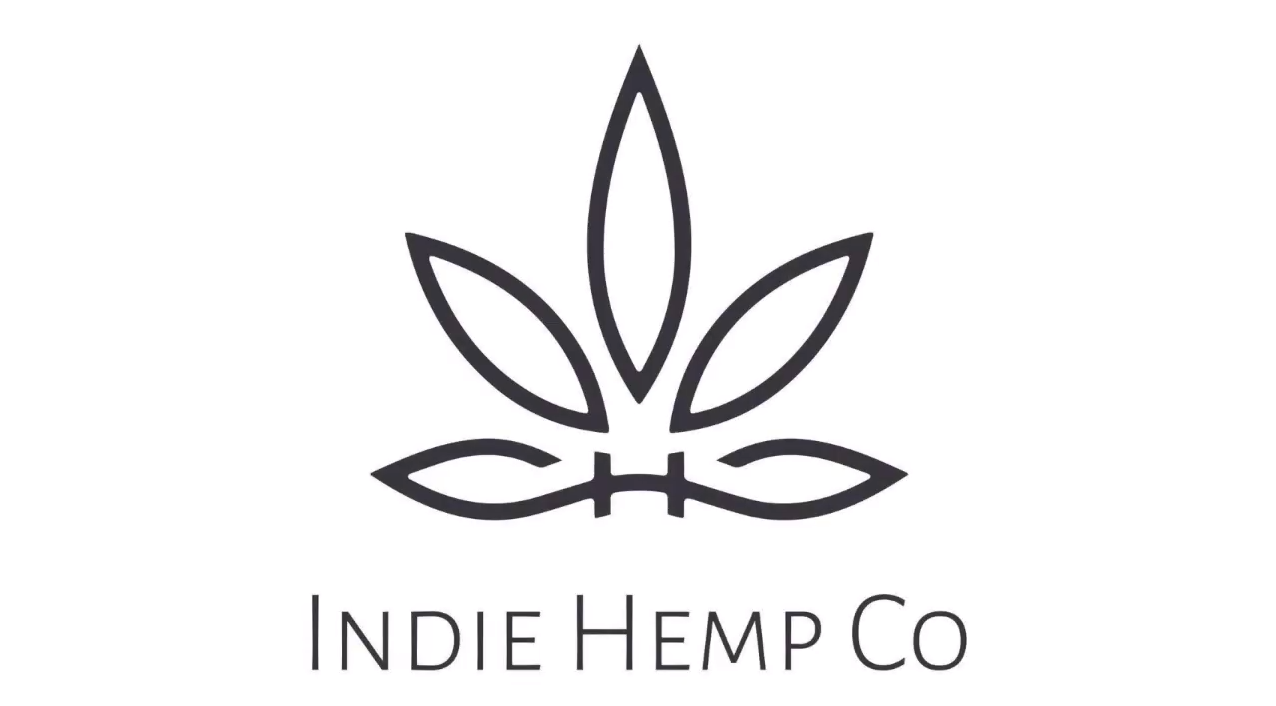
In this guide to buying CBD, we’ll teach you what to look for in a quality product. You should always know how much you’re getting, what you’re getting, where it comes from, and how to steer clear of red flags.
Rule #1: Understand how much CBD you’re getting.
If you’re new to CBD and wondering what the “right amount” is, it’s going to be unique to you. Your body is unique and therefore so is your tolerance to CBD.
The best products are clear and explicit about CBD concentration. The amount printed on the bottle—1000 mg, for example—equals the total amount of active CBD in the entire bottle. Tip: Look for the amount of liquid in the product and also check for the Certificate of Analysis that will give you a batch report on how much is truly proven to be in the bottle.
And if you’re not sure, just ask us! We can do the math and the investigations for you!
Rule #2: When it comes to ingredients, less is more.
Look for a product that gets down to business, one that isn’t touting a bunch of additional nutritional elements, flavorings, or—worst of all—fillers.
Some companies like to add superfoods to their CBD preparations, claiming these additions offer added health benefits. But along with the CBD extract and carrier oil, it’s unlikely there will be enough of the added ingredient to provide any health benefit. Also if the added ingredient is unfamiliar, you’re better off steering clear.
Rule #3: When it comes to cannabinoids, more is more.
CBD is one of 80+ cannabinoids that occur naturally in the cannabis plant. It turns out, the other lesser-known cannabinoids are surprisingly important!
In over 50 years of research, experts agree that the benefits from multiple cannabinoids consumed together outweigh the consumption of just one. This means that CBD is more effective when consumed with other cannabinoids instead of isolated on its own. This “joining forces” of various cannabinoids is known as the entourage effect.
A CBD product that contains multiple cannabinoids is called full-spectrum or whole plant while CBD-only products are called isolates.
If you want the maximum benefits from Cannabis, seek out full-spectrum products, but be careful of drug testing laws or employer requirements with full-spectrum.
Either way, your body is getting pharmaceutical grade products that will surely bring you to a better state and well-being.
Rule #4: Not all CBD is created equal.
High-potency CBD can come from marijuana or hemp plants, especially if they are bred for higher CBD content. Here in the United States, using hemp for CBD is what allows it to be legal—federal law dictates that if hemp CBD contains 0.3% THC or less, it’s fair game to ship across the country. This doesn’t mean that there is anything inferior about the CBD you’re getting—your body understands this chemical compound, regardless of which type of plant it comes from.
One thing you should pay attention to whether the CBD source plant is domestic or foreign. Many foreign-grown CBD plants aren’t regulated in the same way that domestically grown crops are. We recommend spending a few extra bucks on organic, locally grown CBD to ensure that it comes from clean, unpolluted fields. We pride ourselves in our 100% USDA CERTIFIED organic hemp crop harvested in North Carolina and Washington.
Rule #5: Watch out for CONTAMINATION.
Make sure the CBD you are buying has been tested for EVERYTHING. These are the contamination tests you should look for and the testing should be CLEAR:
Pesticides, Insecticides and Fertilizers
Chemical Solvents
Microbials like Salmonella and Ecoli
Heavy Metals
If the product comes from USDA Certified Organic hemp it has already been through soil and water testing for these and will have to be completely clean to pass. Unless your brand is, you want to make sure that its tested for everything! Seriously.
SOLVENTS…. WHY ARE THEY BAD?
There are two primary ways to extract CBD from a plant—either by solvent or carbon dioxide (CO2) extraction.
With the solvent method, solvents are mixed with the plant material and strip the plant of CBD. Many CBD companies use ethanol (a type of alcohol) for extraction and swear by it. Watch out for hydrocarbons like butane, hexane—basically anything with an “-ane” at the end of it. These can be toxic, and can also compromise the benefits of CBD.
With the CO2 method, the gas is warmed to an extremely high temperature where it behaves like a liquid. In its liquid form, CO2 dissolves the CBD and other cannabinoids from the plant source to create a liquid CBD extract. This operation requires significant expertise and pricey equipment, so CBD that’s made this way can be a bit more expensive. Is it worth it? Absolutely. CO2 is a 100% natural substance and used for extracting coffee, essential oils, and many other food products. It’s the safest, cleanest way to make CBD when done in the right hands and the only way we extract our CBD.
Enjoy the Benefits, Without the High.
Quality CBD is easy!
You can be sure that anything you’re getting through our firm has been expertly vetted. We prefer USDA Certified Organic Hemp products from Green Compass Farms. Check them out!
